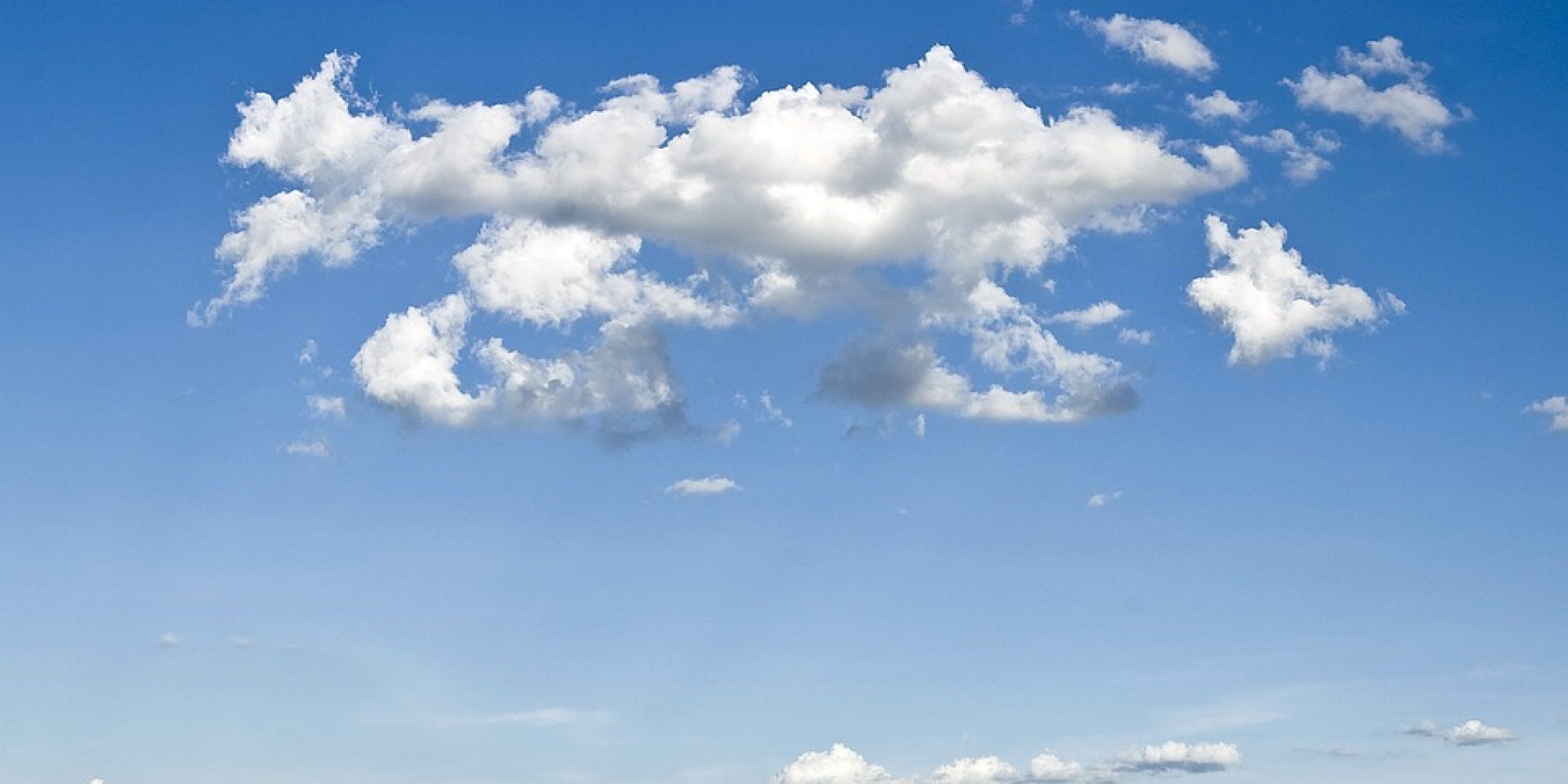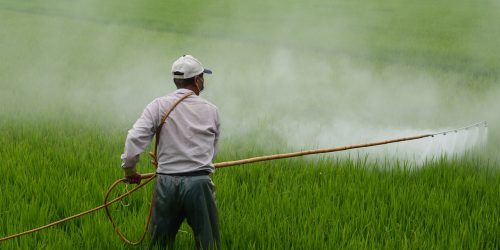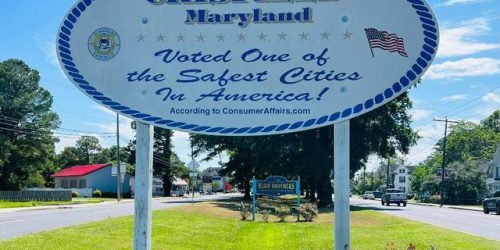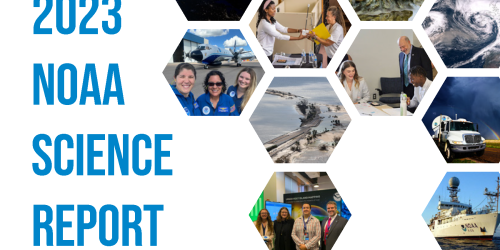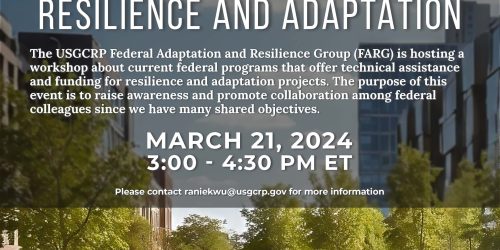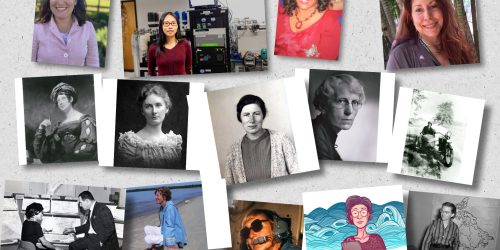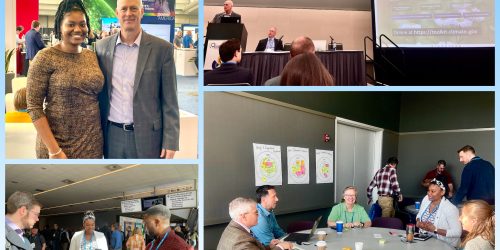Secondary organic aerosol (SOA) produced from the reaction of volatile organic compounds (VOC) and other compounds in the atmosphere represents a large portion of global ozone. SOA contributes to fine particulate air pollution, which impacts global climate and human health. Researchers have found that when a strong atmospheric oxidant called the nitrate radical (NO3) is involved in this reaction, SOA production may be increased to double the amount in the atmosphere.
A new study, partially funded by the Climate Program Office’s Atmospheric Chemistry, Carbon Cycle and Climate (AC4) Program, investigates NO3 reactions under a wide range of conditions to help discern the processes and conditions that control SOA formation. A group of researchers from the University of Colorado Boulder, Reed College, and NOAA’s Chemical Science Laboratory, including AC4-supported scientists Julianne Fry, Paul Ziemann, and Jose Jimenez, used controlled dark chamber experiments to simulate real-world atmospheric processes. The results, published in The Journal of Physical Chemistry A, add important insights into the understanding of atmospheric chemistry processes, and contribute to a growing body of research supported by AC4 to properly characterize and project changes in air quality.


